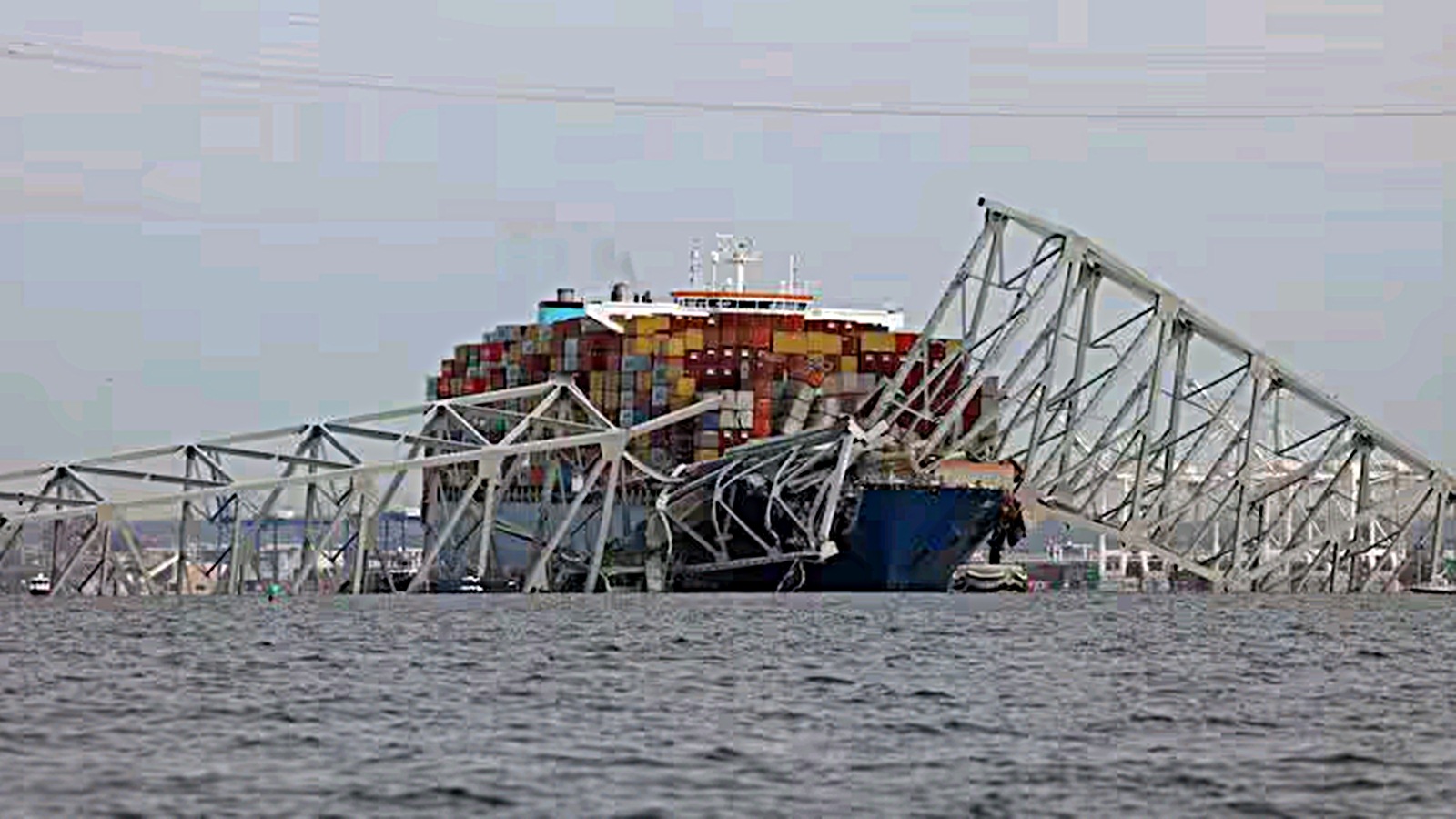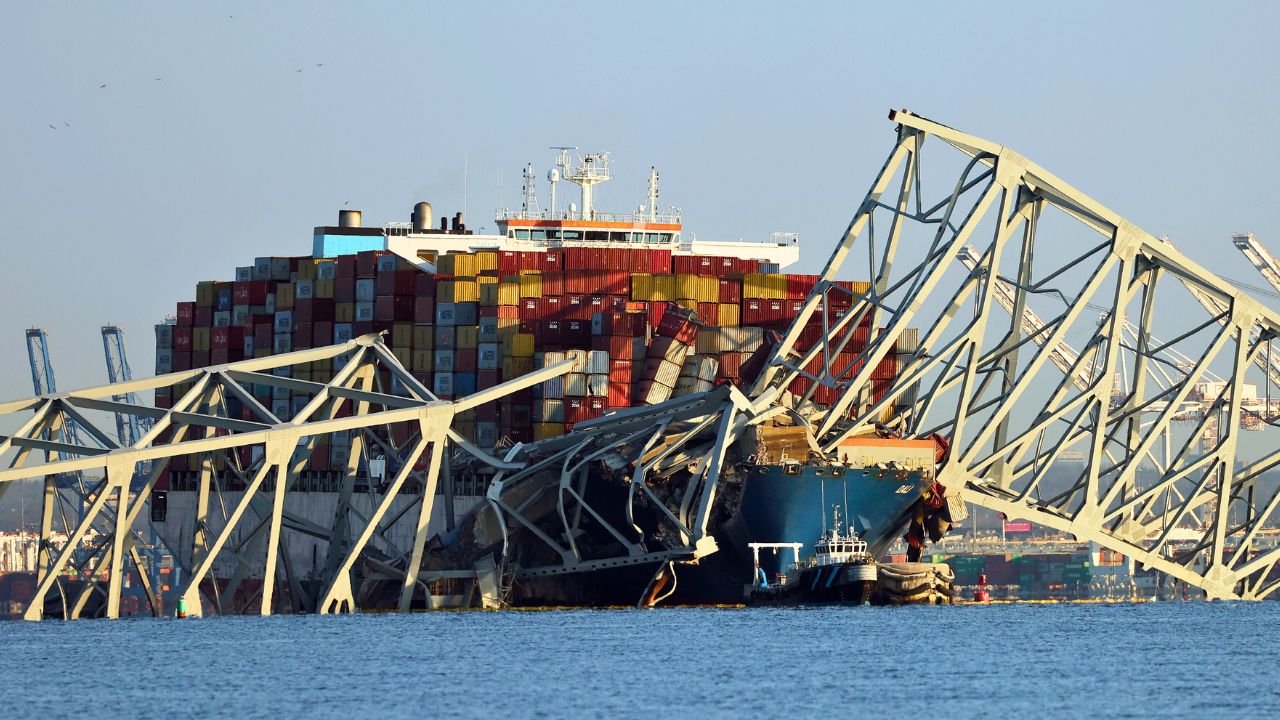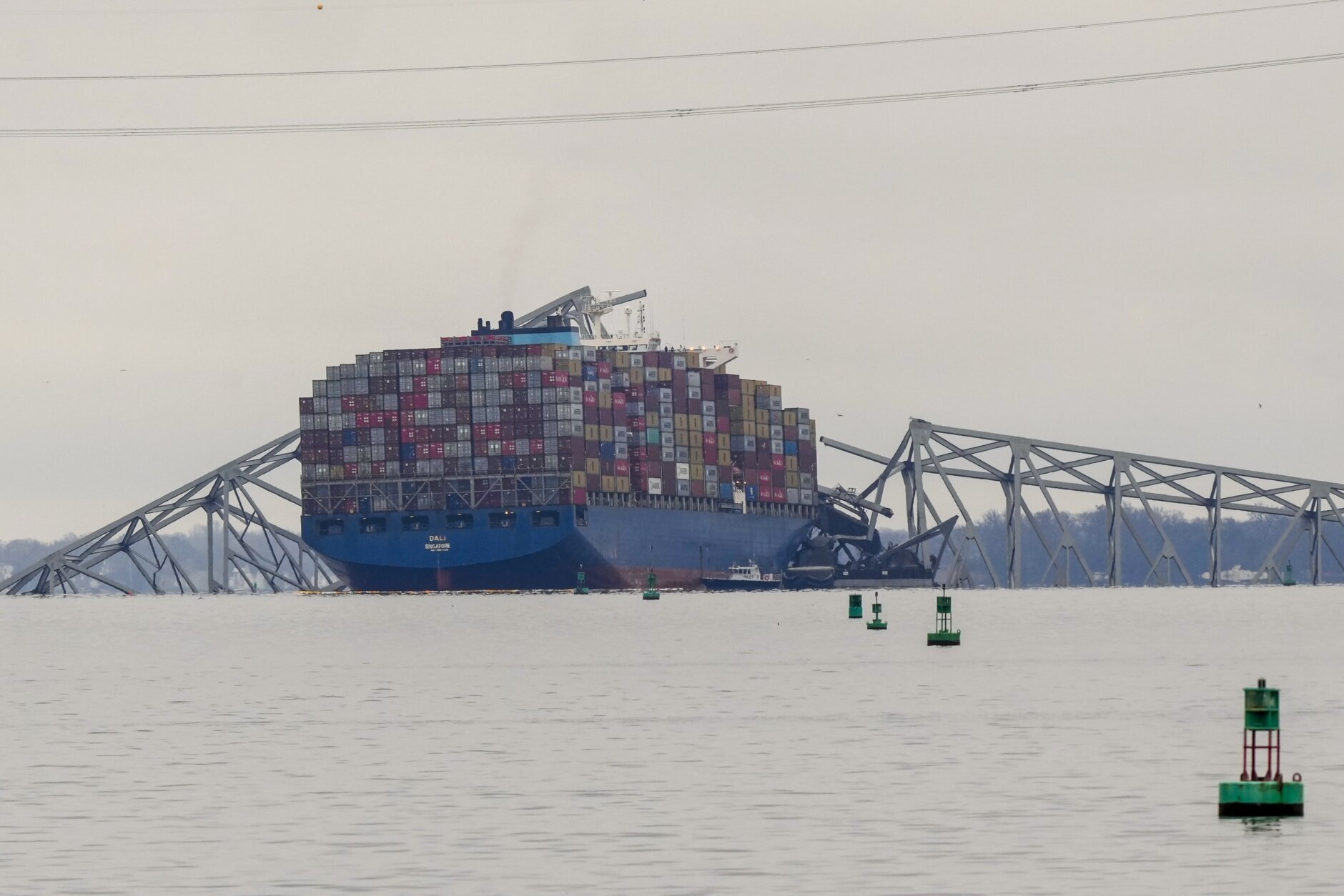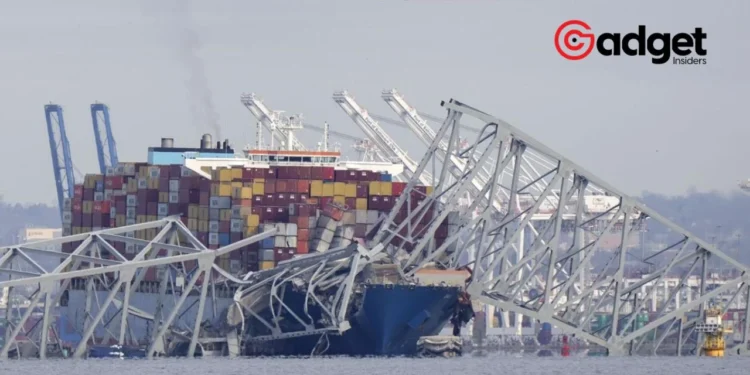In an event marked by tragedy and unforeseen financial implications, the collapse of a major bridge in Baltimore, following a catastrophic encounter with a cargo ship, has set the stage for what might be the largest marine insurance payout in history. This incident not only underscores the vulnerabilities inherent in modern infrastructure but also highlights the interconnectedness of global supply chains and local economies.
The aftermath of this disaster has rippled through the heart of Baltimore, affecting lives, businesses, and the very fabric of the community.
Baltimore Bridge: A Collision with Far-Reaching Consequences
In the early hours of a fateful Tuesday, a cargo ship collided with a key Baltimore bridge, leading to its collapse. This incident claimed the lives of six members of an eight-man construction crew, leaving a community in mourning and a city grappling with the implications of the sudden loss.
“It feels like a very substantial loss, potentially the largest-ever marine insured loss, but not outside parameters that we plan for,”, chairman Bruce Carnegie-Brown told CNBC.

As the dust settles, the direct and indirect repercussions of this catastrophe are becoming increasingly apparent. The Port of Baltimore, a vital artery for the U.S. economy and the largest vehicle-handling port in the country, stands paralyzed.
“About $100 to $200 million in value comes through the port daily,”

Transportation Secretary Pete Buttigieg noted, underscoring the potential economic fallout from the bridge’s collapse. With vessel traffic suspended, the knock-on effects threaten not just the local economy but also national and global supply chains.
The Human and Economic Toll
Maryland Governor Wes Moore has voiced concerns over the broader impact of this disaster, noting that over 140,000 people could face indirect repercussions from the disruptions.
“A lot of business is going to be interrupted,”
Carnegie-Brown remarked, highlighting the significant challenges posed by business interruptions and supply chain disruptions. The closure of the Port of Baltimore has trapped ships inside and blocked new ones from entering, disrupting the flow of goods and raw materials.
NEW – Baltimore bridge collapse may see biggest marine insurance payout: report
READ: https://t.co/ppDUmKAANu
Follow @InsiderPaper for more news pic.twitter.com/160qDHRWmz
— THE VOICE 🌹 🗣🎙🇺🇸🦅🌎⚓💜♠️CHRIST CONSCIOUSNESS (@WETHEKINGDQMQ98) March 28, 2024
In response to the crisis, a U.S. government task force dedicated to addressing supply chain disruptions convened to assess the situation and formulate strategies to mitigate the impact.
“The White House and federal agencies have engaged extensively with industry, ocean carriers, ports, and labor unions to minimize disruptions as shipments are rerouted while the Port of Baltimore is closed to ship traffic,”
a White House statement disclosed.

Navigating the Aftermath
As Baltimore begins to navigate the aftermath of this tragedy, the resilience of the community and the strategic response from both local and federal levels will be crucial. The incident serves as a stark reminder of the fragility of infrastructure and the domino effect such disasters can have on the economy, supply chains, and, most importantly, human lives.
The road to recovery will be long and fraught with challenges. Yet, through collaborative efforts and a focus on both immediate and long-term solutions, Baltimore can hope to emerge stronger, underscoring the importance of resilience and preparedness in the face of unforeseen disasters.










